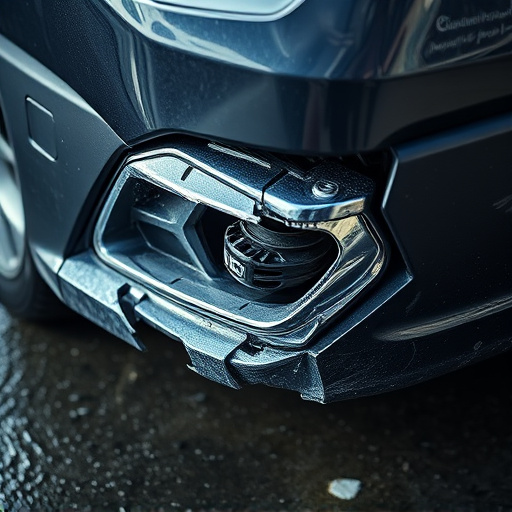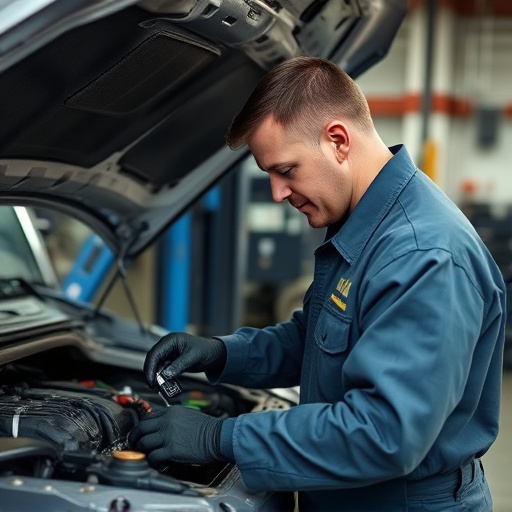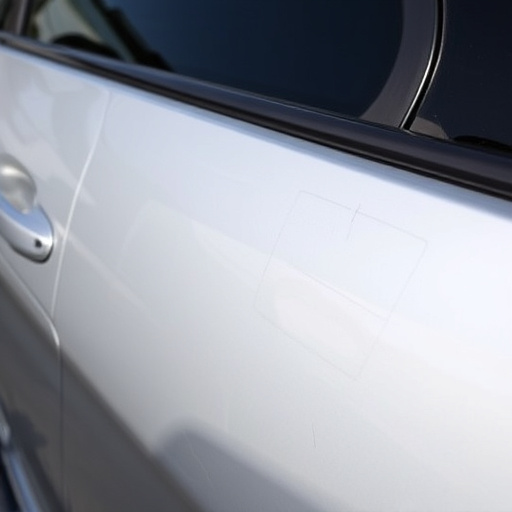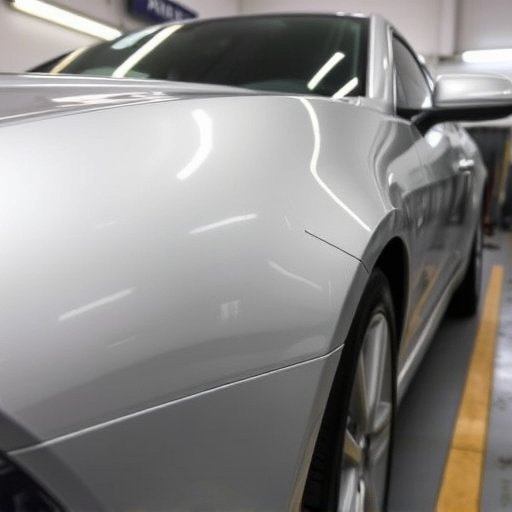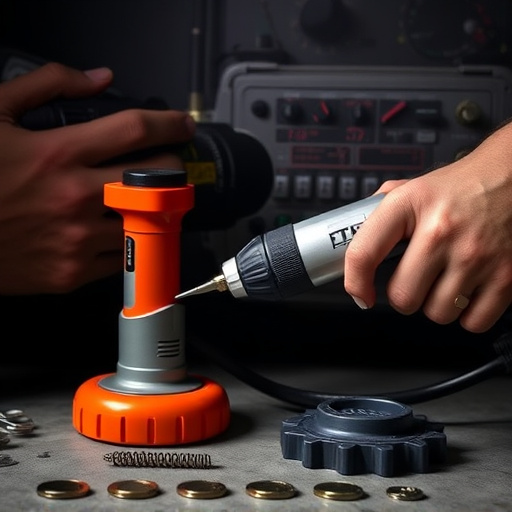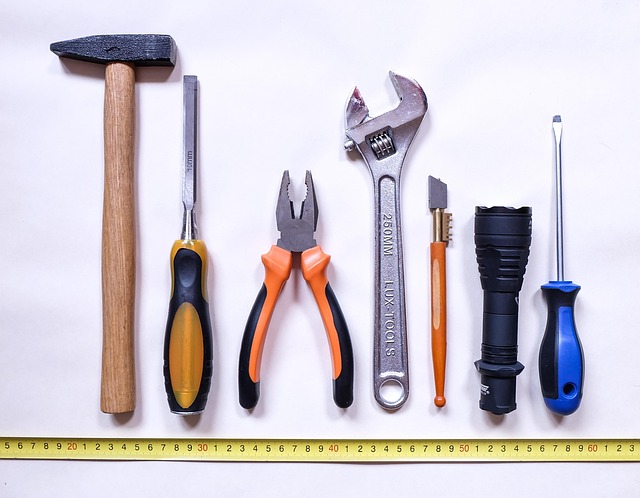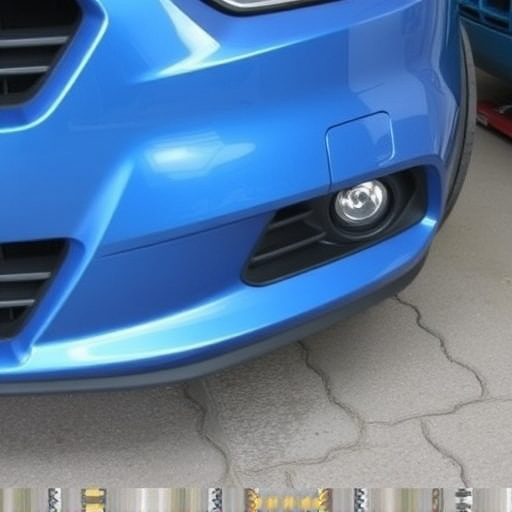Understanding insurance coverage for structural damage repairs is crucial for homeowners and business owners. Standard policies typically cover significant structural damages from events like natural disasters, accidents, or vandalism, up to a certain limit, including framework, exterior walls, roof, and foundations. Collision repair services might be excluded, but insurers offer additional coverage options. Reviewing policy details, understanding exclusions, and upgrading coverage as needed, especially for high-value properties, is essential for peace of mind and effective damage restoration.
Unsure if insurance will pick up the tab for structural damage repairs? This guide clarifies coverage options and simplifies the claims process. We’ll explore common causes of structural damage, from natural disasters to poor construction, uncovering their corresponding insurance implications. Learn how to identify covered damages, navigate the claim filing process, and receive compensation for necessary repairs. Gain insights that empower you to protect your investment effectively.
- Understanding Coverage for Structural Damage Repairs
- Common Causes of Structural Damage and Their Insurance Implications
- The Process of Filing a Claim and Receiving Compensation
Understanding Coverage for Structural Damage Repairs
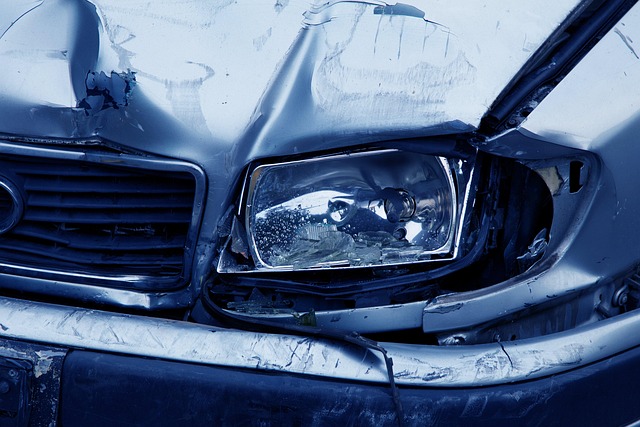
Understanding Coverage for Structural Damage Repairs
When it comes to structural damage repair costs, insurance policies can be a significant lifeline for homeowners and business owners alike. It’s crucial to know exactly what your policy covers in case of unforeseen events like natural disasters, accidents, or vandalism. Typically, standard home or commercial property insurance policies include coverage for structural damage repairs up to a certain limit. This means that if a covered peril causes substantial damage to the building’s framework, exterior walls, roof, or foundations, the costs associated with repairing or replacing these elements are generally covered by your insurance provider.
While collision repair services might not be included in basic policies due to their specific nature, many insurers offer additional coverage options tailored for such events. For instance, a comprehensive policy may cover structural damage caused by car collisions, ensuring that repairs to vehicles and surrounding property are adequately addressed. As with any insurance plan, it’s essential to review your policy details, understand the exclusions, and consider upgrading your coverage as needed, especially for high-value properties or unique assets like Mercedes Benz repair work.
Common Causes of Structural Damage and Their Insurance Implications
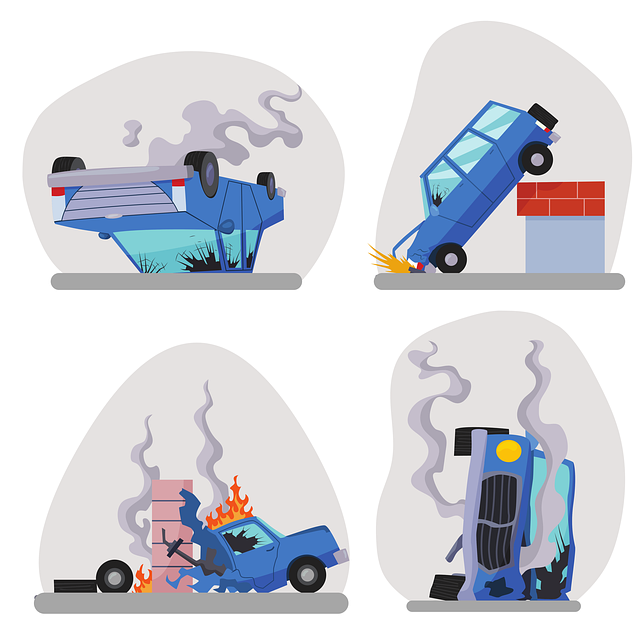
Structural damage to a property can arise from a variety of causes, each with its own implications for insurance coverage. Among the most common are natural disasters like earthquakes, hurricanes, and floods, which often lead to significant repairs due to damaged roofs, walls, and foundations. In such cases, homeowners’ insurance policies typically cover the costs of structural repair, providing peace of mind in the face of these unpredictable events.
Additionally, structural damage can result from accidents, such as car crashes that impact homes or buildings. While automotive body shops specialize in repairing vehicle damage, they also play a crucial role in structural repairs when an accident affects a structure’s integrity. In these scenarios, insurance companies often step in to help cover the expenses of fixing damaged walls, floors, and other critical components, ensuring the safety and stability of the affected property, much like how vehicle repair services restore vehicles to their pre-accident condition.
The Process of Filing a Claim and Receiving Compensation

When structural damage occurs to a property, whether due to natural disasters or accidents, homeowners often wonder if insurance will cover the repair costs. The process typically begins with filing a claim, where policyholders report the incident and provide relevant details about the structural damage. Insurers then assess the extent of the harm, examining photographs and reports from professionals like engineers or contractors specializing in structural repairs.
Upon verification, insurers will offer compensation based on the repair estimates provided. This may include coverage for materials and labor required to fix the structural issues, ensuring the property is restored to its pre-damage condition. In some cases, especially with severe damage, the insurer might even initiate the repair process directly or reimburse homeowners for expenses incurred from trusted contractors specializing in auto bodywork or collision repair, considering these services are often essential components of restoring a property’s structural integrity.
Insurance can play a pivotal role in mitigating the financial burden of structural damage repairs. By understanding the scope of coverage, identifying common causes of such damages, and knowing the claim filing process, policyholders can effectively navigate potential challenges. This ensures that necessary repairs are not only promptly addressed but also appropriately compensated, safeguarding both properties and peace of mind.




